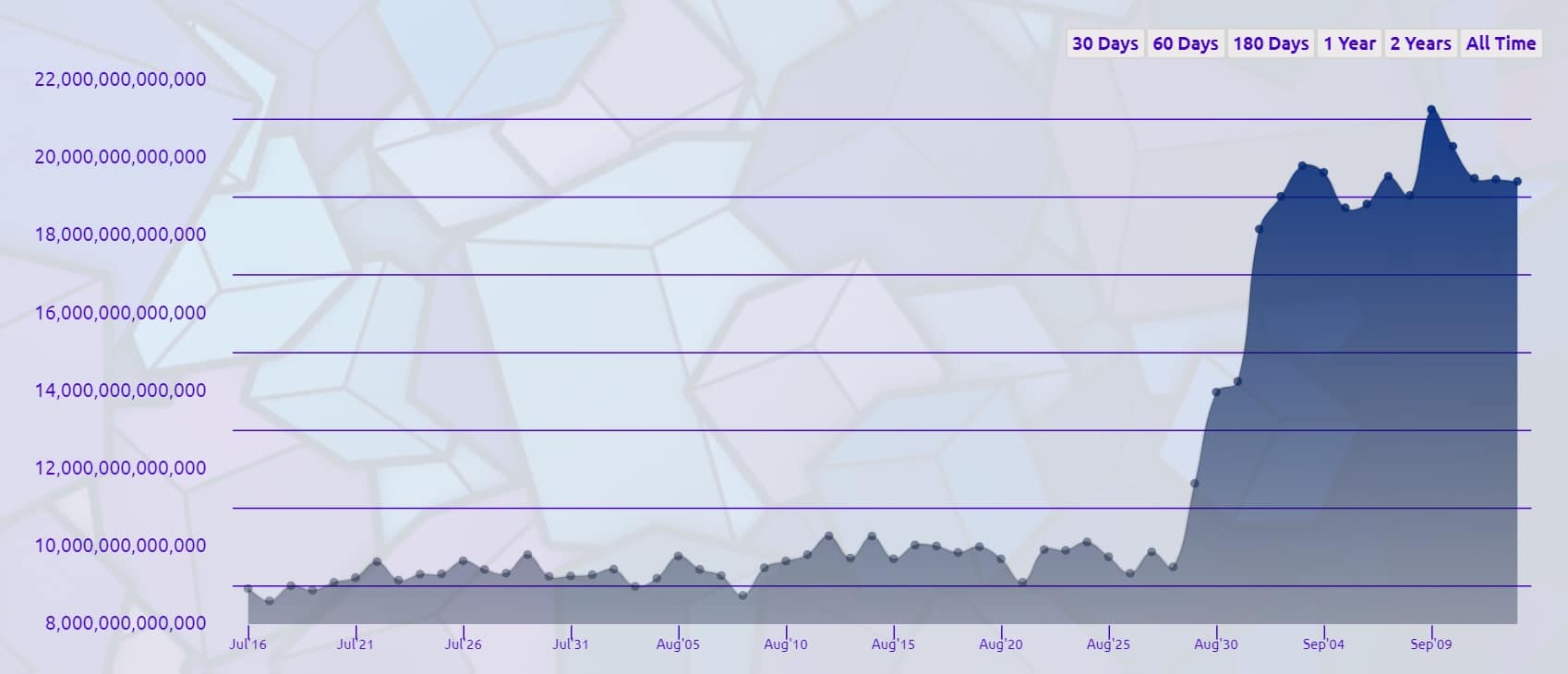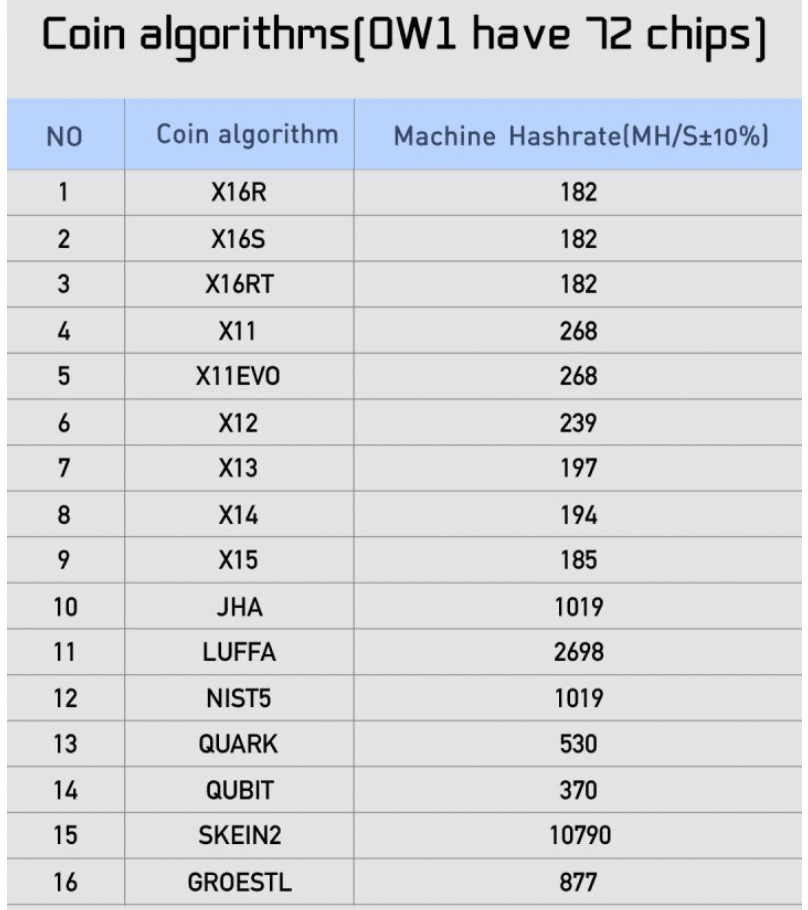In recent weeks the hashrate of the well-known crypto Ravencoin has experienced a massive surge in its hashrate, which in just a few days has almost doubled. The reason for this is surely the new ASIC series for the mining of the Ravencoin’s PoW X16R algorithm.
To be specific, these are the first officially marketed ASICs able to mine this crypto, given that Ravencoin’s PoW was initially praised for being deemed ASIC-Proof.

This coin was created at the beginning of 2018 with the aim of offering GPU miners a new PoW immune to ASICs, which at that time debuted for the first time on coins like Monero and, a few months later, on ZCash and Ethereum.
Precisely for the purpose of limiting the operation of ASICs, the Ravencoin team announced in August its intention to upgrade the PoW to the X16Rv2 variant so as to eliminate – albeit temporarily – the many active ASICs on the cryptocurrency network.
The forking is expected to take place next October, but it will probably be too late as the Chinese X16R ASICs are already controlling most of the currency hashrate, thus also increasing the risk of a possible 51% attack.
OW1 Miner: Chinese ASIC 182 MH/s on X16R and other PoWs
The ASIC recently announced in China is the OW1 Miner, a solution produced by a semi-unknown company but which is already available for purchase from several sellers on Alibaba and also Aliexpress. The price is between 800 and 1000 dollars per unit, while the hashrate reported by retailers is around 182 MH/s on X16R, for a power consumption of 1400 Watts per hour.
The availability appears to be almost immediate, given that several retailers report the item as in stock and ready for shipment.
In terms of performance, the hashrate offered by this ASIC is not so high, as the most powerful video card for mining on the market, the Nvidia RTX 2080 Ti, offers up to 30 MH/s for the mining of the cryptocurrency, with a consumption of about 180 watts.
As a result, the efficiency of the proposed solution is not so different from that offered by the best video cards which, in the case of the RTX 2080 Ti, are close to 0.18 MH/s per watt, compared to 0.13 MH/s per watt offered by the OW1 ASIC for Ravencoin.
The real strong point is definitely the price, as one of these ASICs costs less than a single RTX 2080 Ti video card, sold for almost 1200 euros.
In addition, as reported on the manufacturer’s website, this ASIC can also mine other X16R-like algorithms, such as the X16S, X16RT and many PoW based on the most popular hashing functions within the PoW X16R.
This feature suggests that this device actually has a functional layout more similar to a series of FPGAs rather than a specific ASIC for this PoW, given the relatively poor performance per watt offered and the ability to mine dozens of different coins.
It remains to be seen if this device will support Ravencoin’s new PoW, which will introduce a new hashing function within X16R. If this device was made up of real FPGAs, then a simple firmware update would be enough to allow the mining of Ravencoin after the October fork.

Is a 680 MH/s ASIC coming soon?
Other rumours have also been leaked from China regarding a second ASIC capable of obtaining a hashrate for Ravencoin mining close to 680 MH/S with a consumption of only 800 Watts, drastically exceeding the efficiency of the OW1 miner.
The device in question would be the SKC Miner Turing R1, with an estimated list price between 1500 and 2000 dollars, although at the moment it is not available from any seller, to the extent that part of the crypto community doubts the existence of such a device.



